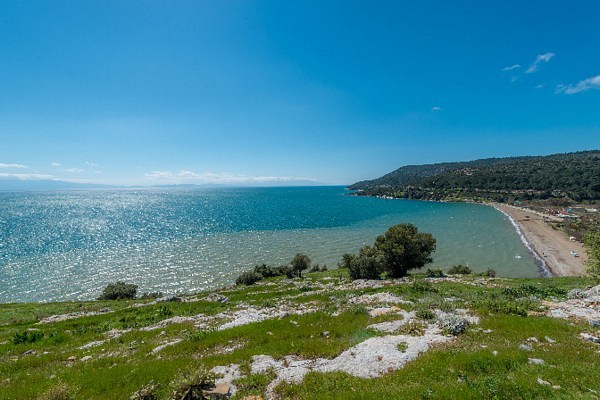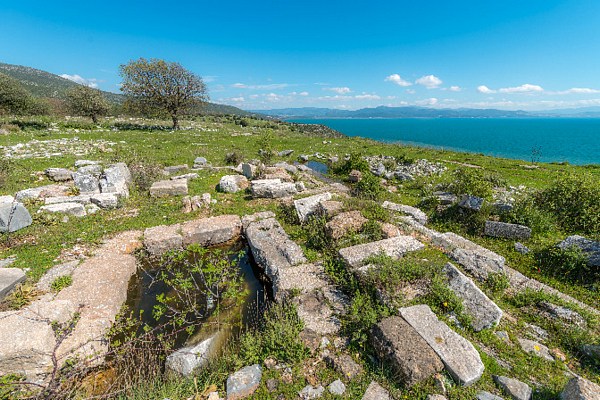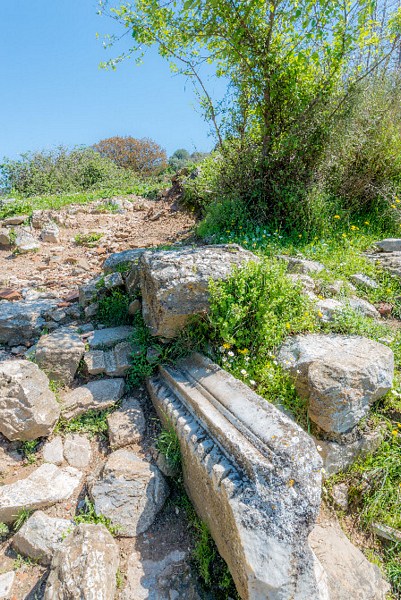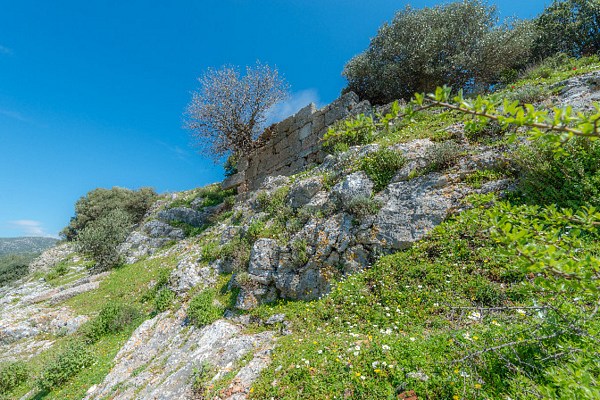Notion: A Historical and Architectural Overview
Architectural Highlights of NOTION.



Notion, located within the borders of today’s Ahmetbeyli village, is a notable ancient city with a rich history. The city’s Acropolis, known as “Castle” by modern locals, is situated on two hills.
The temple dedicated to Athena Polias, the city’s chief goddess, overlooks the sea from the western hill of the Acropolis.
According to Herodotus, Notion was an Aeolian city, part of a region known for its fertile lands. Unlike the Ionians, the Aeolians did not have the same level of natural beauty. Notion, alongside Kolophon, was a member of the Attica-Delos maritime league. The era of peace brought to Anatolia by Alexander the Great ended with his death in 323 BC, ushering in a turbulent period for Hellenistic cities in the region.
In the 3rd century BC, Notion and Kolophon formed a political alliance, frequently mentioned in inscriptions from this time. Despite being an independent city, Notion was closely associated with Kolophon, often referred to as “Colophon on the Sea” or “New Kolophon” to distinguish it from its namesake.
During the reign of Emperor Hadrian, Notion underwent significant reconstruction. The temple of Athena Polias was built during this period, and the existing Hellenistic theater was transformed into a Roman theater. The city also became an episcopal center during the Byzantine era, a status it maintained for a considerable time.
Today, Notion’s ruins provide valuable insights into its historical and architectural evolution, reflecting its importance through various historical periods.
